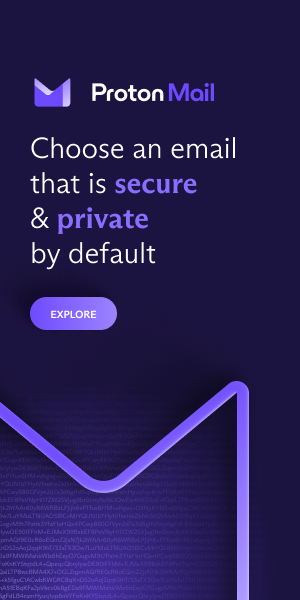The evolution of the internet has been marked by significant milestones, and Web3 stands as the next frontier poised to revolutionize our digital experience. As technology continues to advance, the concept of Web3 emerges, promising a more decentralized and user-centric web environment. This transformation offers a shift from the traditional web architecture, providing individuals with greater control over their data and interactions.
Understanding the Potential of Web3
Web3 represents the third generation of internet services, characterized by decentralized networks and blockchain technology. Unlike its predecessors, Web1 and Web2, which were largely centralized, Web3 aims to democratize data ownership and enhance security. By leveraging blockchain, users can engage in peer-to-peer transactions without intermediaries, fostering a more transparent online ecosystem.
A real-world analogy can be drawn from the financial sector. Just as cryptocurrencies like Bitcoin have transformed how we perceive money by decentralizing control away from banks, Web3 seeks to decentralize data ownership, shifting power from large corporations to individual users. This shift not only empowers users but also introduces new business models that prioritize privacy and user autonomy.
A New Era of Decentralization
In this new era, decentralization stands at the core of Web3’s mission. By eliminating central points of control, this paradigm reduces vulnerabilities associated with data breaches and censorship. As reported by Wired, various platforms are already harnessing blockchain to create decentralized applications (dApps) that offer secure and reliable services across industries.
For example, in the realm of social media, projects like Mastodon are creating decentralized alternatives to traditional platforms. These alternatives allow users to connect within a network without sacrificing their data privacy or falling prey to algorithmic manipulations often seen in centralized systems.
The Challenges and Opportunities Ahead
While the potential benefits of Web3 are immense, its widespread adoption faces several challenges. Scalability remains a significant hurdle as blockchain networks currently struggle with processing high volumes of transactions quickly. Additionally, regulatory uncertainties pose a threat to innovation within this space.
Despite these obstacles, the opportunities presented by Web3 are vast. Developers and entrepreneurs are actively exploring new use cases for decentralized applications that could redefine industries ranging from finance to healthcare. By prioritizing user empowerment and data sovereignty, Web3 has the potential to foster an internet where privacy and transparency are integral components.
Looking Forward: What Lies Ahead?
As we move forward into this transformative era, collaboration between technology leaders and policymakers will be crucial in navigating the complexities of Web3 implementation. The journey towards a decentralized web promises to reshape our digital lives fundamentally; however, achieving this vision will require strategic planning and innovation.
The promise of Web3 is enticing as it offers a digital landscape where control is returned to users rather than being concentrated within a few powerful entities. This shift paves the way for innovative solutions that prioritize user experience while respecting privacy.
How do you envision your online interactions evolving in a world driven by decentralization? What steps should we take to embrace this change effectively?





